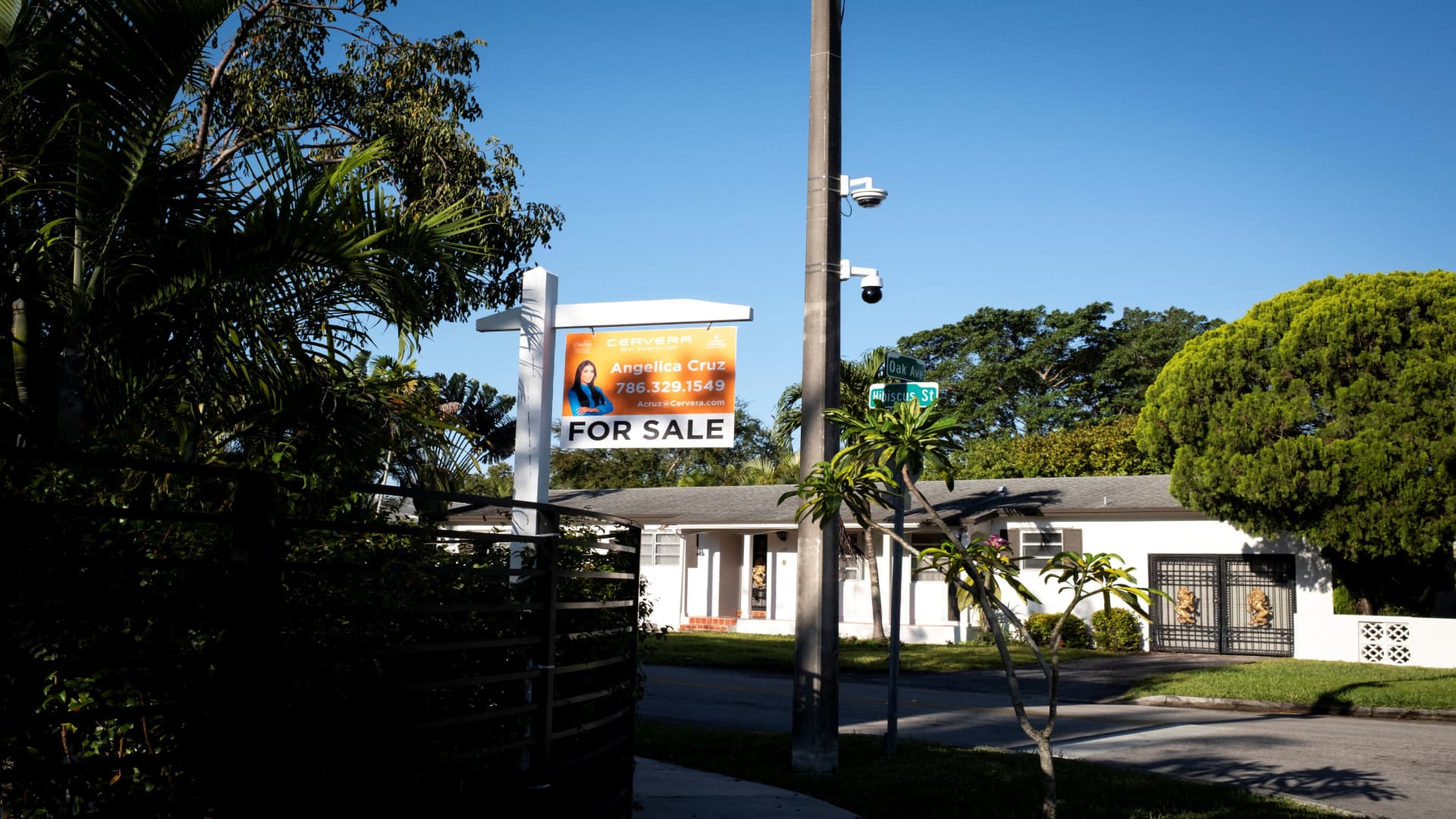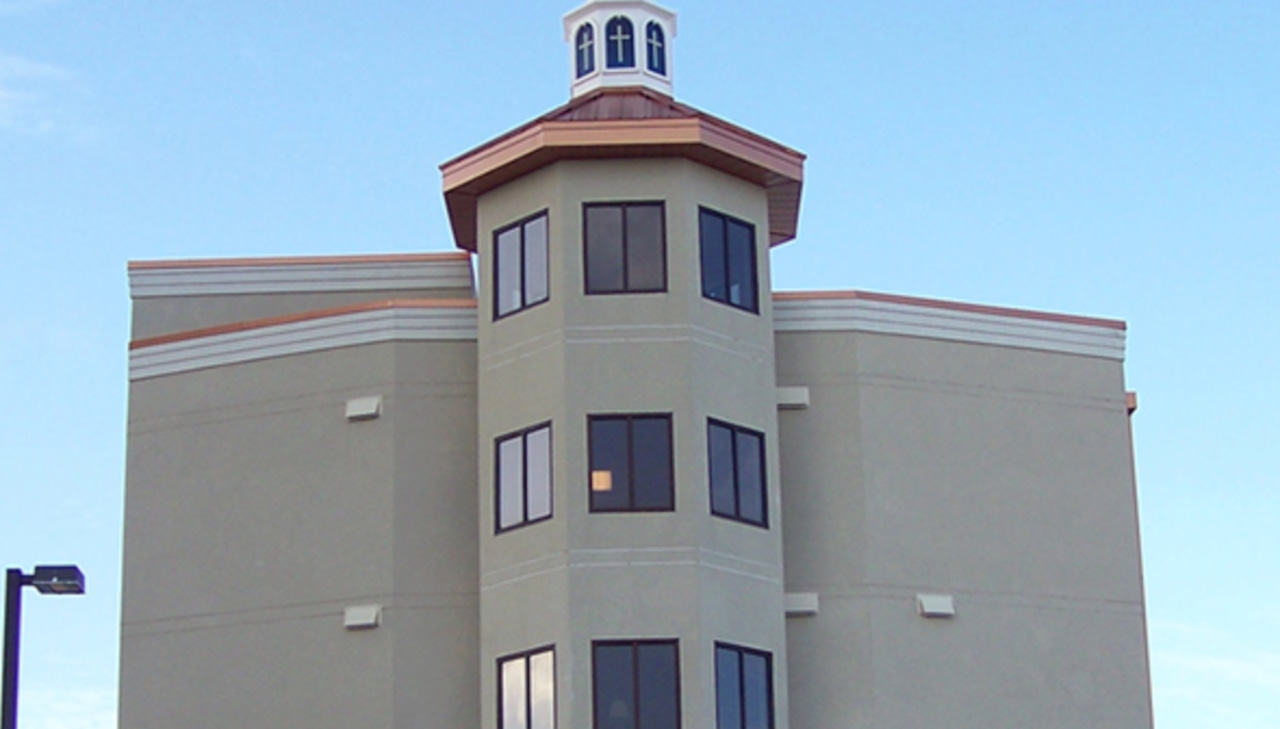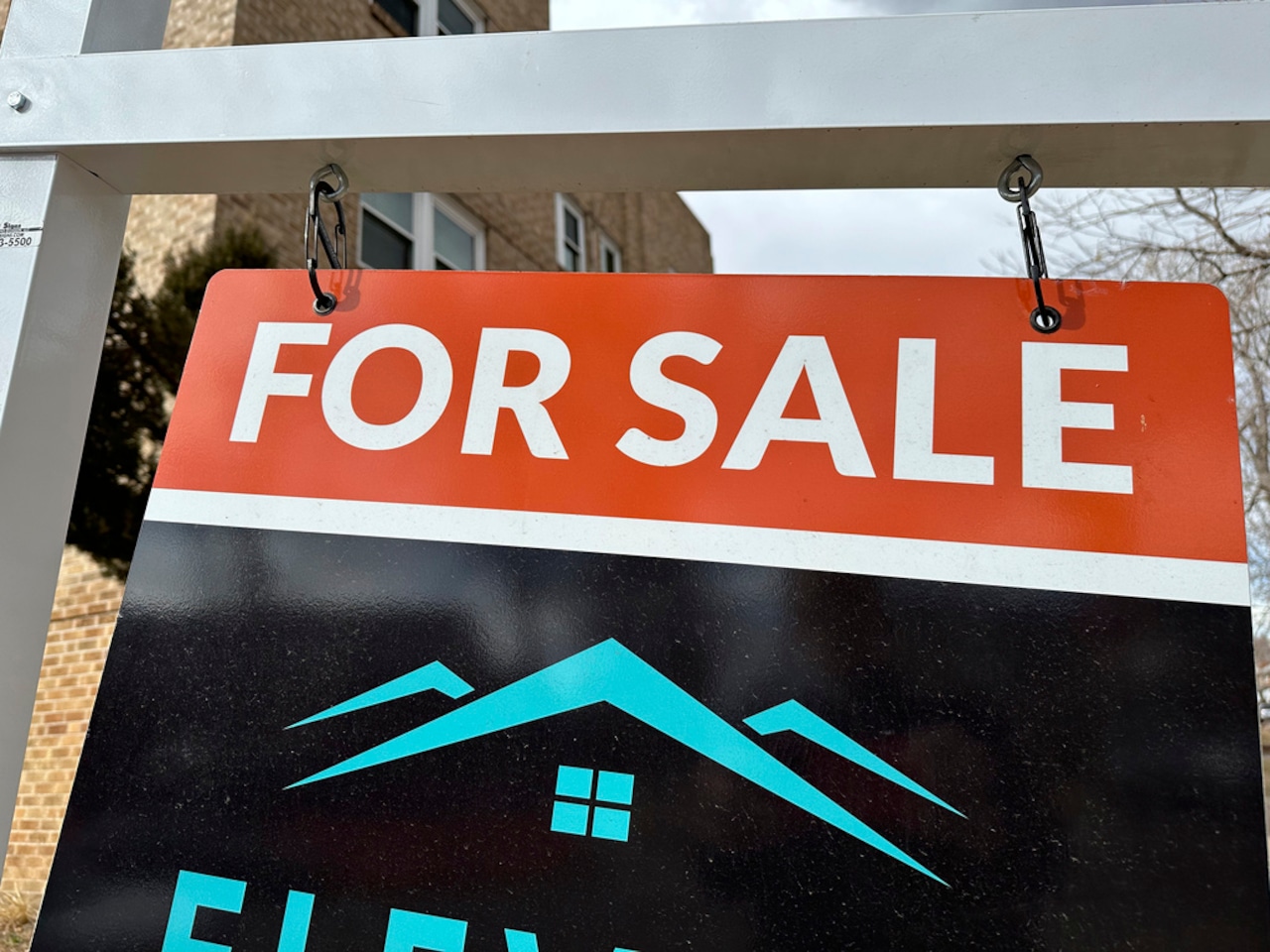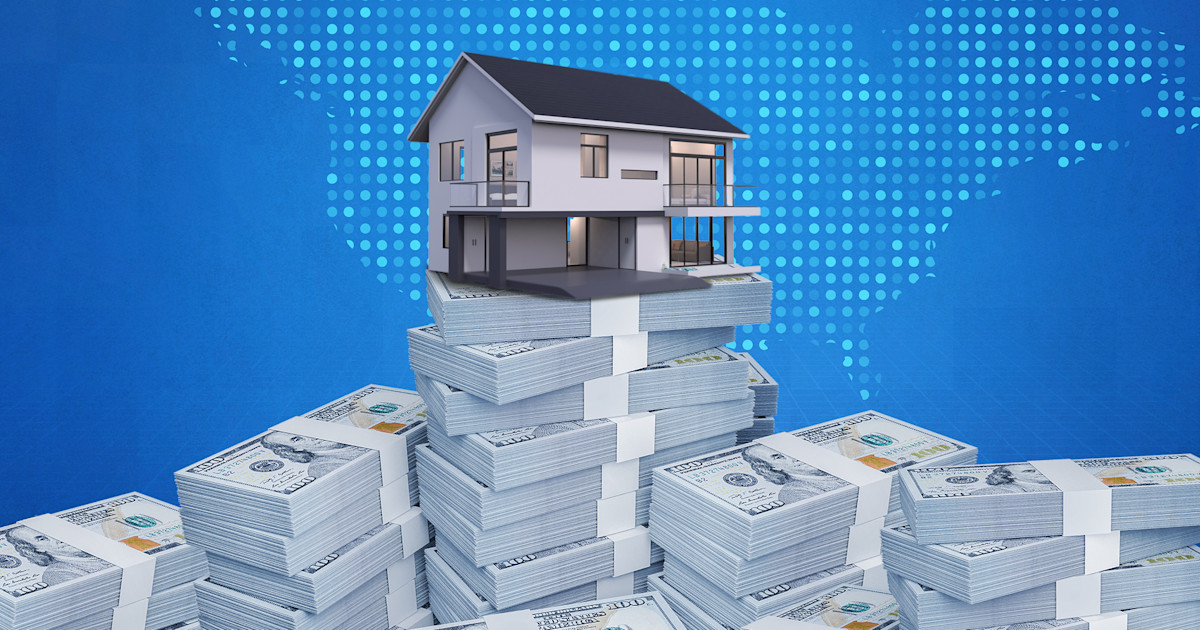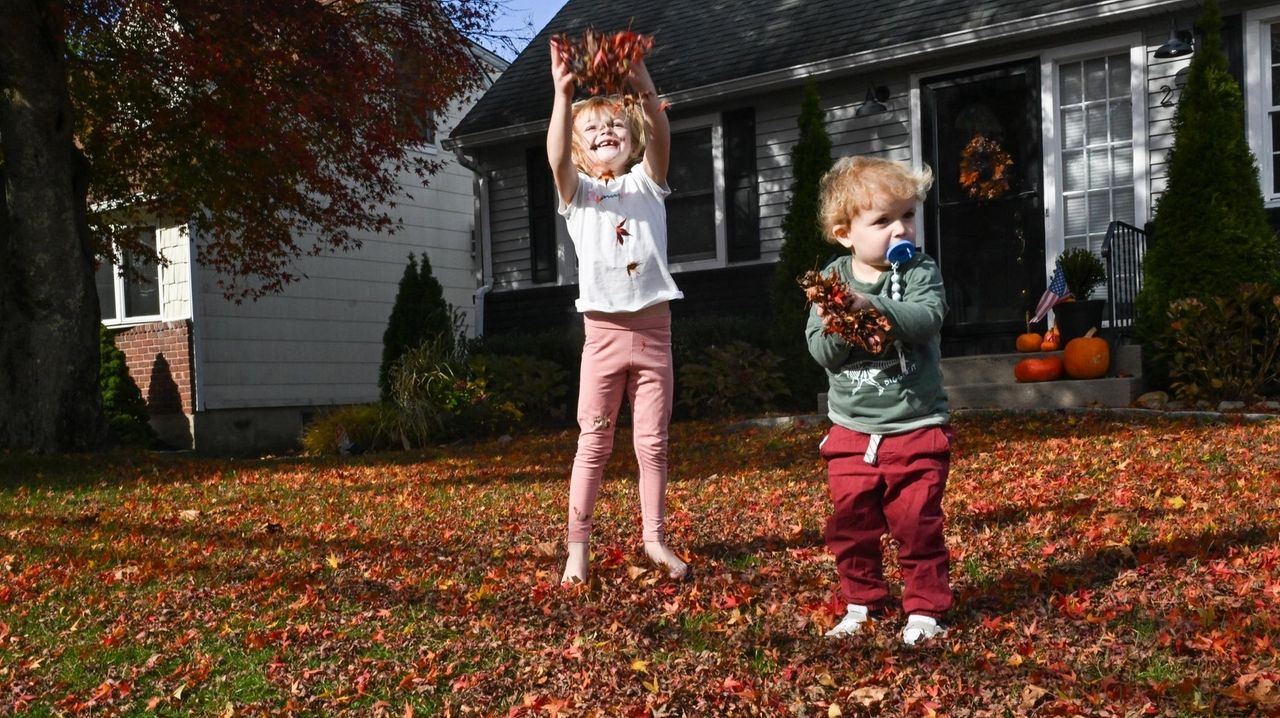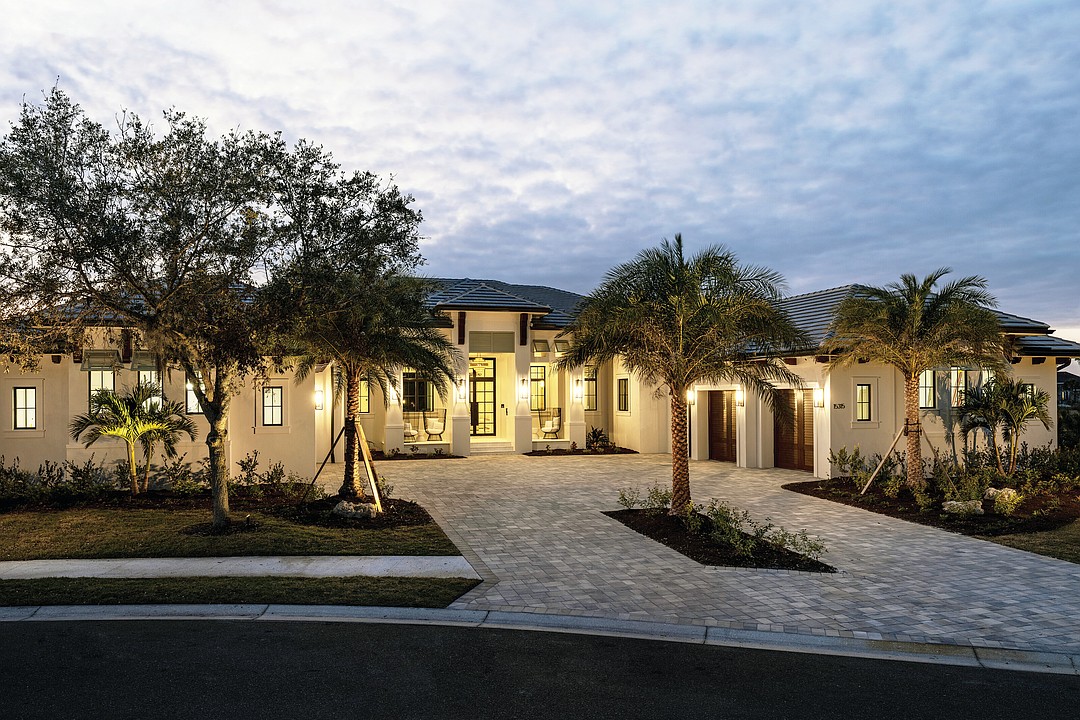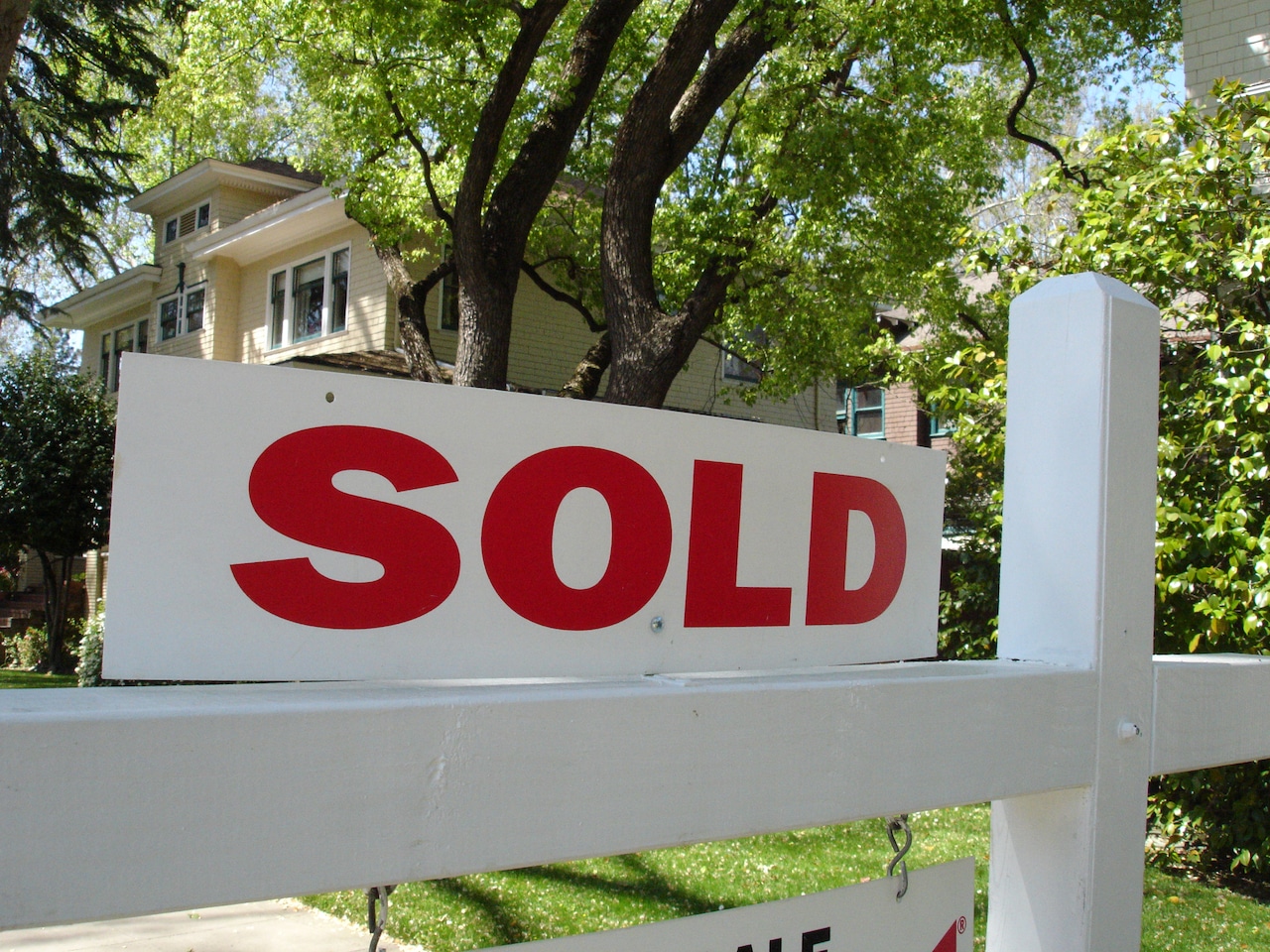T
he spring housing market is off to a sluggish start, weighed down by higher mortgage rates and economic uncertainty. According to the National Association of Realtors, existing home sales plummeted 5.9% in March from February's pace, reaching 4.02 million units on an annualized basis - the slowest March sales since 2009.
This decline was widespread across all regions, with the West experiencing the steepest drop of over 9%. However, the West remains the only region to show a year-over-year gain, thanks to strong activity in Rocky Mountain states where job growth is robust. The sluggish sales pace can be attributed to contracts likely signed in January and February when mortgage rates hovered above 7%.
"Home buying and selling remained sluggish in March due to affordability challenges associated with high mortgage rates," said Lawrence Yun, NAR's chief economist. "Residential housing mobility, currently at historical lows, signals a troubling possibility of less economic mobility for society."
Despite an increase of nearly 20% in available listings, the current sales pace translates to a lean 4-month supply, equivalent to a balanced market between buyers and sellers. The median home price reached $403,700 in March, still an all-time high but with the smallest annual gain since August.
First-time buyers made up 32% of the market, while all-cash sales dropped to 26%. Investors held steady at 15% of sales. Looking ahead, the NAR reports a rise in canceled contracts and warns that economic pressures may worsen due to rising home furnishing costs and consumer anxiety over inflation and jobs.
"March numbers are bad, but they're likely to get worse," said Robert Frick, corporate economist with Navy Federal Credit Union. "Prices for home furnishings will likely rise soon due to tariffs, and rising anxiety among consumers may magnify the instinct to hunker down already being felt by many families."
